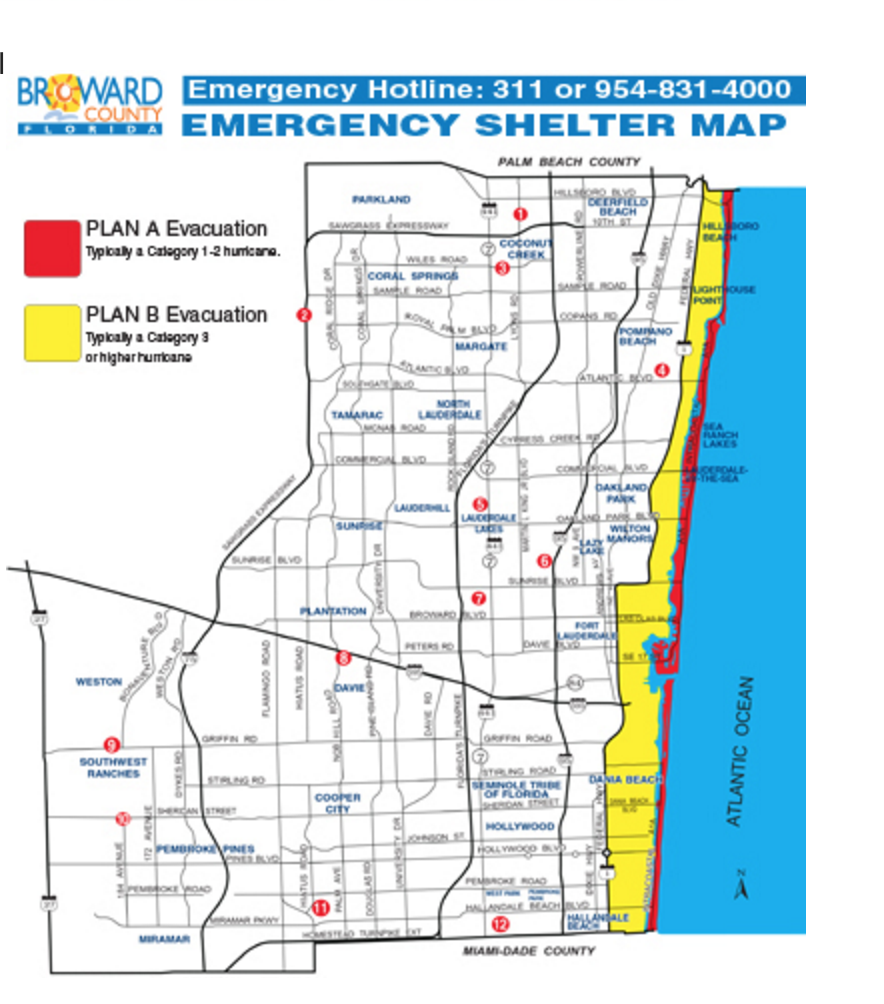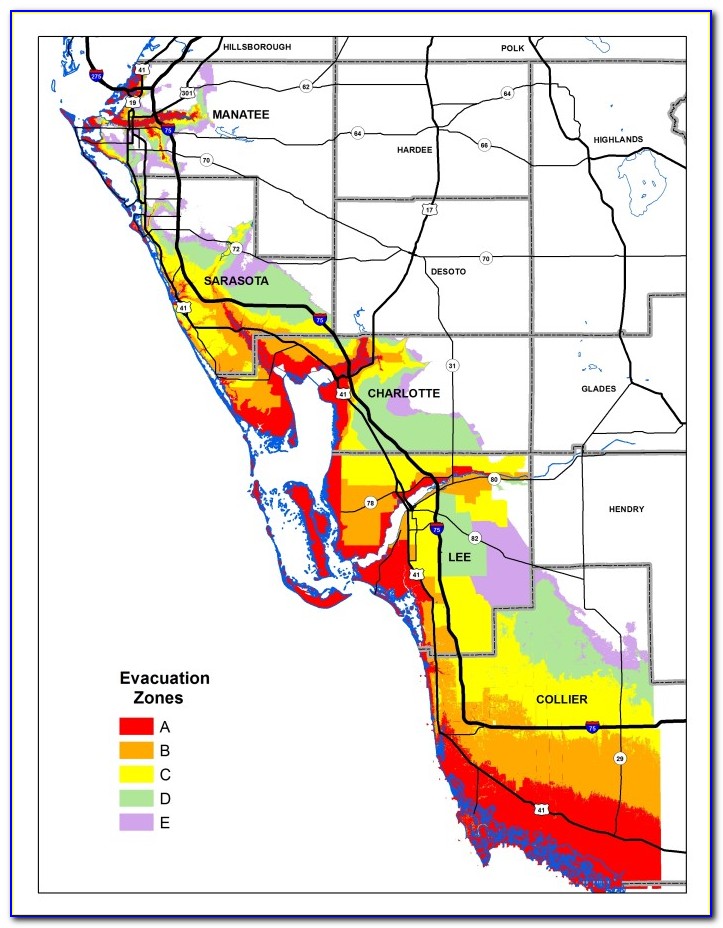

coast to the kind of flooding unleashed during Hurricanes Katrina and Sandy, and put more people at risk of drowning, the leading cause of death in hurricanes.Īn NPR analysis based on modeling from the National Hurricane Center for three critical regions - New York City, Washington, D.C., and Miami-Dade County - found future sea rise alone could expose about 720,000 more people to flooding in the decades to come. That inland march would expose a larger swath of the U.S. Rising seas and stronger winds mean the punishing waves pushed ashore by tropical storms and hurricanes will make their way farther and farther inland.
#Flood zone map miami full#
To read the full summary as well as to view the current and projected FIRM maps visit climate change warms the planet, drives up sea levels and energizes hurricanes, the arsenal of dangerous impacts delivered by the fierce storms is expected to get supercharged.Īmong the most worrisome: powerful flooding from storm surge. If you have additional questions contact the DEVELOPMENT SERVICES DEPARTMENTįlood Hazard Information and Technical Assistance: 30 It's recommended that properties in the X Zone also purchase flood insurance. If the 2021 map now projects your property to be in a Special Flood Hazard Area (SFHA), it is recommended that you buy flood insurance before the maps are adopted, in order to receive the preferred rates.īeing in an X Zone (considered an area of minimal flood hazard) does not guarantee your property will not flood in a future event. You can find this information at What Should I Do if my Property is Projected to be in a Special Flood Hazard Area? The interactive map allows you to look up your property (by address or folio number) to see if the 2021 Preliminary FIRM has changed the flood zone for your property.
#Flood zone map miami update#
The Miami-Dade Regulatory and Economic Resources Department has developed a flood zone map page that includes a tab to view the preliminary flood zones map changes since the last FIRM update on their interactive web tool. Where Can I See if the Map Updates Impacted my Property? These new maps may have changed your property's flood zone or base flood elevation (or both), which may impact your flood insurance rate. The changes may require homeowners who do not currently have flood insurance to obtain coverage. A date for when they will be adopted has not yet been announced, but we will update this page when a date is announced. When will the map changes go into effect?Īt this time, the maps are in the preliminary stage.

The current maps in use for Miami-Dade County became effective in 2009. To better reflect current flood risks, the National Flood Insurance Program (NFIP) and FEMA have used the most recent data and latest technology to update these flood insurance rate maps, which are in the preliminary stage and have not yet been adopted. Land use, erosion, new building and development, natural forces (like changing weather patterns), and other factors can change how water drains and flows over time. Residents and businesses may also use the maps to better understand their potential flood risk to help identify steps they may need to take to protect against property damage and loss. They are used by the insurance industry to calculate flood insurance costs and communities across the United States rely heavily on them to guide their decisions about land use and development. The purpose of the Flood Insurance Rate Maps (FIRM) is to identify the flood vulnerability and risk in communities.

In an effort to facilitate public information and understanding the City of Homestead is alerting residents on the importance of these maps and how the update may impact them financially.įlooding is one of the most common and costly natural disasters. The Federal Emergency Management Agency is in the process of updating the Flood Insurance Rate Maps (FIRM).


 0 kommentar(er)
0 kommentar(er)
